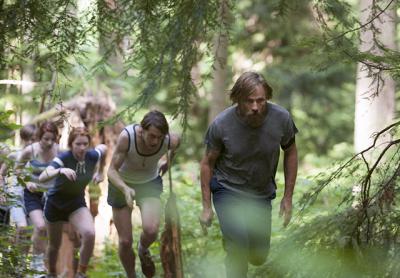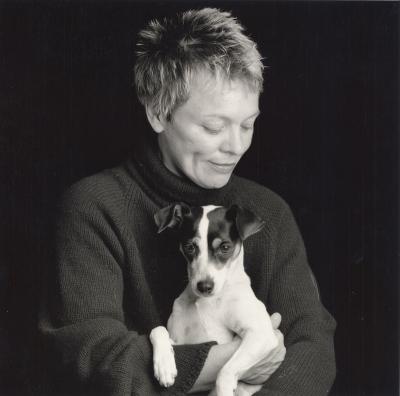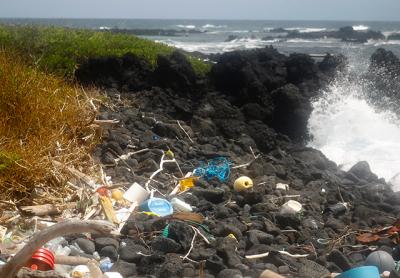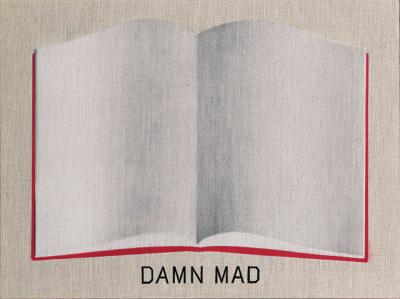Chase: Renowned Master of East End Light
Chase: Renowned Master of East End Light

Studio or plein-air, Tile Club member or Abstract Expressionist, painters have praised the South Fork’s light across many disciplines and movements. All of them agree it casts a certain spell, and few places can match the body of remarkable artistic evidence we have to back it up.
The quality of light might be different here because its influence goes beyond visual arts. John Hall Wheelock, the late editor and poet who spent much of his time in East Hampton, proves it abundantly with his poem “Bonac”:
This is enchanted country, lies under a spell
Bird-haunted, ocean-haunted — land of youth,
Land of first love, land of death also, perhaps,
And desired return. Sea-tang and honeysuckle
Perfume the air, where the old house looks out
Across mild lowlands, meadows of scrub and pine,
A shell echoing the sea’s monotone,
That haunts these shores.
Wheelock could have been writing about the work of William Merritt Chase. The old house looking out across mild lowlands might easily be the Stanford White-designed house where Chase lived when he painted and taught in Southampton’s Shinnecock Hills from 1891 to 1902.
“Bonac” is a literary evocation of some of Chase’s best work from Shinnecock, a selection of which is on view in a retrospective at the Phillips Collection in Washington, D.C., through Sept. 11. This superbly realized and overdue recognition of Chase, the first since 1983, was four years in the making. It includes just over 70 oils and pastels with a richly curated selection of ephemera.
The exhibition includes a room called “The View From Shinnecock Hills: Chase’s Mature Years,” which is an essential reference for anyone interested in South Fork art or nature. Even the most jaded habitués should prepare for fresh reverie and notes of sea-tang and honeysuckle in the air near Dupont Circle.
Under Chase’s spell the light is more than illumination. It’s a form of exultation that dares you to look away. For Chase, who died in 1916, light didn’t merely reflect or refract or fall from the sky. It projected upward from ocean, bay, harbor, pond, or kettlehole. He took the elements and applied them to canvas with an effect that one critic aptly called “atmospheric.”
In the Shinnecock room Chase’s work asks: How much is a place remarkable in and of itself, or how much does it become that way through its portrayal? A case for the latter is incontestably won with “The Big Bayberry Bush” (1895), recently restored by and on loan from the Parrish Art Museum in Water Mill. Among the most recognizable works in the show, it represents nearly as perfect an ideal as we have of an East End landscape then or now.
The Parrish has one of the largest Chase collections in the world, including 40 oils and works on paper and archives. The three works it contributed to this retrospective support Chase as a truly “modern” master, equally at home at the Parrish’s new Herzog and de Meuron building as he was at its previous space on Job’s Lane in Southampton.
The retrospective is notable for revealing how beautifully Chase renders the East End, among other subjects, in pastel. He was remarkably gifted in the medium and helped revive it, co-founding the Society of American Painters in Pastel. A superb example, among 12 pastels in the show, is the large-scale “Untitled (Shinnecock Landscape)” from a private collection, which anchors the room. His pastel technique is enhanced by a neat trick of roughing up the paper first with a cuttlefish.
Oil or pastel, there’s something resolutely September about Chase’s best work. You sense him waiting until late season for the clearest light before painting his wife and children in Shinnecock Hills, for example. His light and color are most atmospheric then, evocative of place. It’s as though if you stood in front of his pictures long enough, daylight would gradually become evening. Under his spell you might see his family leaving the canvas to go home, a daughter later dozing off on a screen porch to the reedy undulation of crickets.
Goethe said, “Color is the pain of light.” On the South Fork it seems Chase found a subtler interpretation, closer to Wheelock’s melancholy bird-haunted place, or Victor Hugo’s observation that, “Melancholy is the happiness of being sad.”
As Chase taught at Shinnecock, Shinnecock seems to have taught him about light and its relationship to the land. A Chase horizon doesn’t simply define land and sky; it makes the difference gradually disappear, as though nature had briefly lost its train of thought. It’s the screen printer’s equivalent of continuous tone, and Chase uses it to beguiling effect in “Idle Hours” (1894) and “Seaside Flowers” (1897).
Chase founded the Shinnecock Hills Summer School of Art in 1891 after establishing his reputation at the Art Students League in New York. He later taught widely for over 35 years. An exhibition bonus is a section devoted to the work of Chase students who happen to be in the Phillips Collection — whose prescient founder, Duncan Phillips, added the first Chase work to his collection in 1932. It’s a winning compliment to the master and underscores the superb work he inspired.
The retrospective also brings to mind too many East End painters recently lost, witnesses to landscape and light in their own right, Priscilla Bowden Potter, Ralph Carpentier, Robert Dash, Sheridan Lord, Jane Freilicher, and Jane Wilson among them.
While his East End work was pointedly of a place, Chase didn’t want art restricted by geography. Dorothy Kosinski, the Phillips director, quotes him saying, “Art has become international‚ the best of art today belongs to all countries combined and localization has been entirely done away with.”
It is fitting, then, that if you miss the show in Washington it will go next to the Museum of Fine Arts in Boston (Oct. 9 to Jan. 16) before traveling to Venice’s International Gallery of Modern Art in February 2017. Largely unknown outside the U.S., Chase will finally have his first retrospective abroad.
Viewed as a whole — there are superb landscapes from Europe, towering portraits, interiors of his legendary Tenth Street studio in New York — the retrospective shows that Chase’s creativity was limited only by the time available to him. He was a man of the world, a proud generalist who seemed capable of busting out of realism. Much was made of his not being invited to the 1913 Armory Show in New York. It was one of the very first to introduce what we now know as Modern Art to America. Chase was said to be deeply slighted at his omission, but might there have been a teacher’s irony and some respect in his reported criticism of the new works?
In one of the show’s (and the artist’s) final pictures, “Self-portrait in 4th Avenue Studio” (1915-16), his stern realist’s gaze and the abstract brushwork on a just-begun canvas almost says, “You want Modern? I’ll give you Modern.” It seems as much a challenge to the viewer as to the artist, whom this retrospective establishes as a master regardless of genre.
Eric Kuhn was born in Southampton and reared in Amagansett. He is a former reporter and news editor for The Star.





